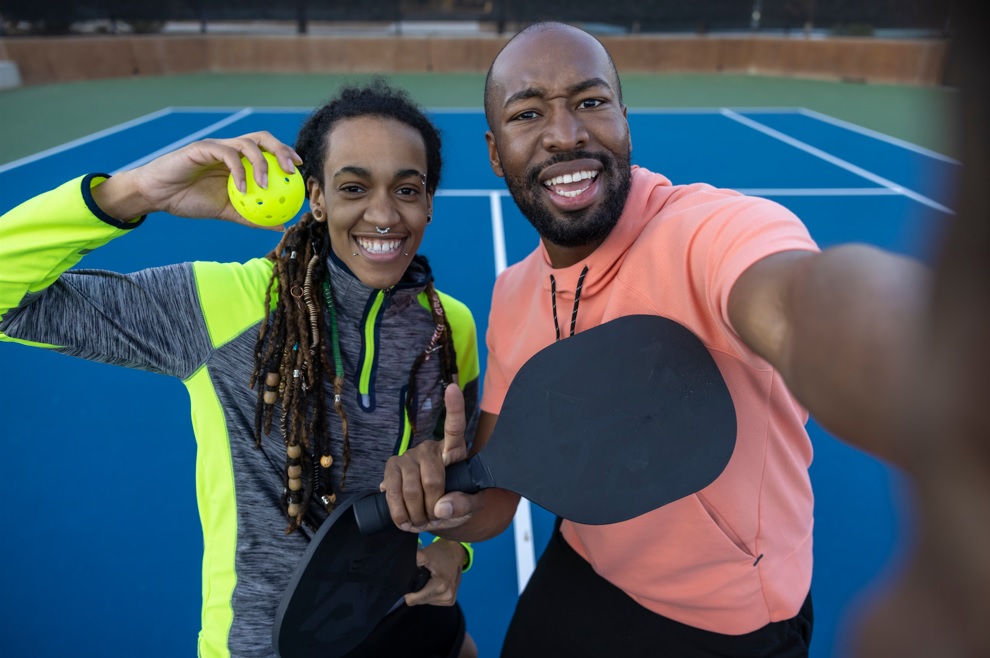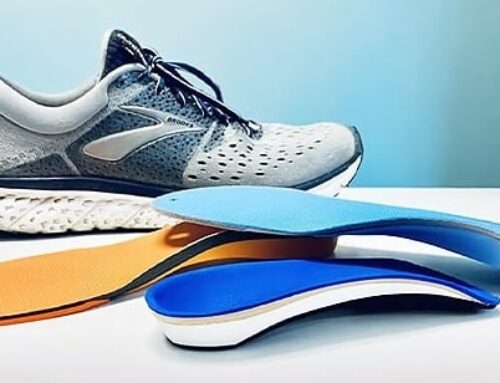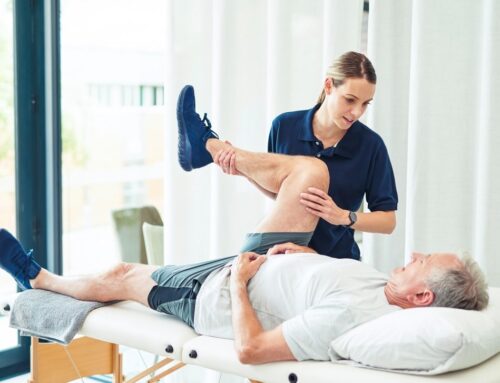One of the fastest-growing sports in the U.S. is pickleball, which combines elements of tennis, ping-pong and badminton. Part of what has made pickleball such a popular sport is that it appeals to a range of skill levels and ages. Pickleball players can compete in sports leagues or simply play recreationally with friends. Because pickleball has become so popular, there has also been a national increase in pickleball injuries.
With injuries on the rise, the sports medicine experts at Cary Orthopaedics can provide guidance on how to prevent and treat pickleball injuries.
How popular is pickleball?
In cities and towns across the country, pickleball courts are popping up to meet the growing demand for the new sport. While it may seem like pickleball came out of nowhere or is a passing fad, the sport has actually been growing in popularity for years.
According to the Sports & Fitness Industry Association, 4.2 million Americans played pickleball in 2020. In 2023, the Association of Pickleball Professionals reported that an estimated 48.3 million Americans played pickleball!
In just three years, the number of adults in the U.S. who played pickleball at least once grew from less than 5 million people to nearly 50 million. This unprecedented rise continued throughout 2024, which is reflected in the number of pickleball injuries recorded nationwide.
Pickleball injuries are increasing
While the total number of people who have tried pickleball in the U.S. is estimated to be almost 50 million people, the number of people who play regularly is closer to 9 million, according to NBC News. Even with this difference, NBC reports that “bone fractures related to pickleball have increased 200% over the last 20 years.”
Bone fractures are not the only injury that can occur while playing pickleball. Common pickleball injuries include muscle strains, ankle sprains, knee injuries, Achilles tendon tears, rotator cuff tears and injuries involving the elbow and wrist.
According to a National Electronic Injury Surveillance System (NEISS) study, fractures account for 30 percent of pickleball injuries. Sprains account for 17 percent of injuries, and internal organ injuries occur in 7.2 percent of reported injuries.
How to prevent pickleball injuries
To best prevent an injury while playing pickleball, whether it is your first time playing or you play regularly, it is important to know how and why certain injuries occur. While pickleball is open to a wide range of ages, the age of a pickleball player can play a role in the injuries that happen.
According to NEISS, pickleball players under the age of 26 sustain injuries most often from misuse of sports equipment. Players aged 26 to 50 sustain injuries related to activity overuse.
The study also found that 87 percent of injuries occur in pickleball players older than 50. Players over 50 have a higher risk of cardiac arrest or experiencing symptoms leading to more severe cardiovascular conditions.
Some of the best ways to prevent pickleball injuries include:
- Proper use of equipment and pickleball courts
- Using proper movement techniques
- Wearing appropriate clothing and shoes
- Understanding your limitations and considering any previous injuries
- Staying active when not playing pickleball
- Stretching to keep muscles and connective tissue supple
- Staying hydrated – drink plenty of water and electrolytes
- Listening to your body and the systems affected by playing pickleball
Accidents while playing sports can happen to anyone. Hydrating, wearing proper footwear, stretching and using equipment properly are easy ways to reduce the risk of pickleball injuries.
As with any sport, it is important to pay attention to your body, especially your joints, muscles and cardiac system. If you feel pain, exhaustion or lightheadedness while playing, don’t push yourself and risk bodily injury.
Learn more about common sports injuries.
Treatments for pickleball injuries
Some injuries sustained while playing pickleball can be treated at home without seeking professional medical treatment. At-home remedies include:
Over-the-counter pain medicine: Treat mild injuries, such as muscle soreness from overuse or aggravated conditions like arthritis.
Heat therapy: Injuries caused by aggravation and overuse can respond well to heat therapy, like heating pads, which can increase blood flow and reduce pain.
Cold therapy: For minor swelling and inflammation, cold therapy, like ice packs, can help symptoms and pain subside.
Compression: Depending on the injury, using a compression sleeve or elastic bandage to wrap the injury can help reduce swelling. This treatment method also gives the injured area more support.
Elevation: When treating an injury at home, elevating the injured area above the heart can also decrease swelling and inflammation.
Rest: Perhaps most importantly, resting when injured gives your body the time it needs to heal.
Together, rest, ice therapy, compression, and elevation are known as “RICE.” These methods can be beneficial when nursing an injury at home.
If an injury does not improve after a few days of at-home treatment, see an orthopedic specialist for proper diagnosis and treatment.
To heal a pickleball injury, a medical professional may recommend:
- Physical therapy with a professional therapist followed by at-home exercises
- Using specially designed support devices, like crutches or a cast, sling or boot
- Surgery
Treatment will depend on the severity of the injury, the area of the body affected, and whether the injury is acute or chronic.
Get treatment for your pickleball injury
If you find yourself injured after a game of pickleball, the sports medicine experts at Cary Orthopaedics are here to help. Contact us today to schedule an appointment. We will provide a comprehensive treatment plan and the support you need to heal and return to your active life.






